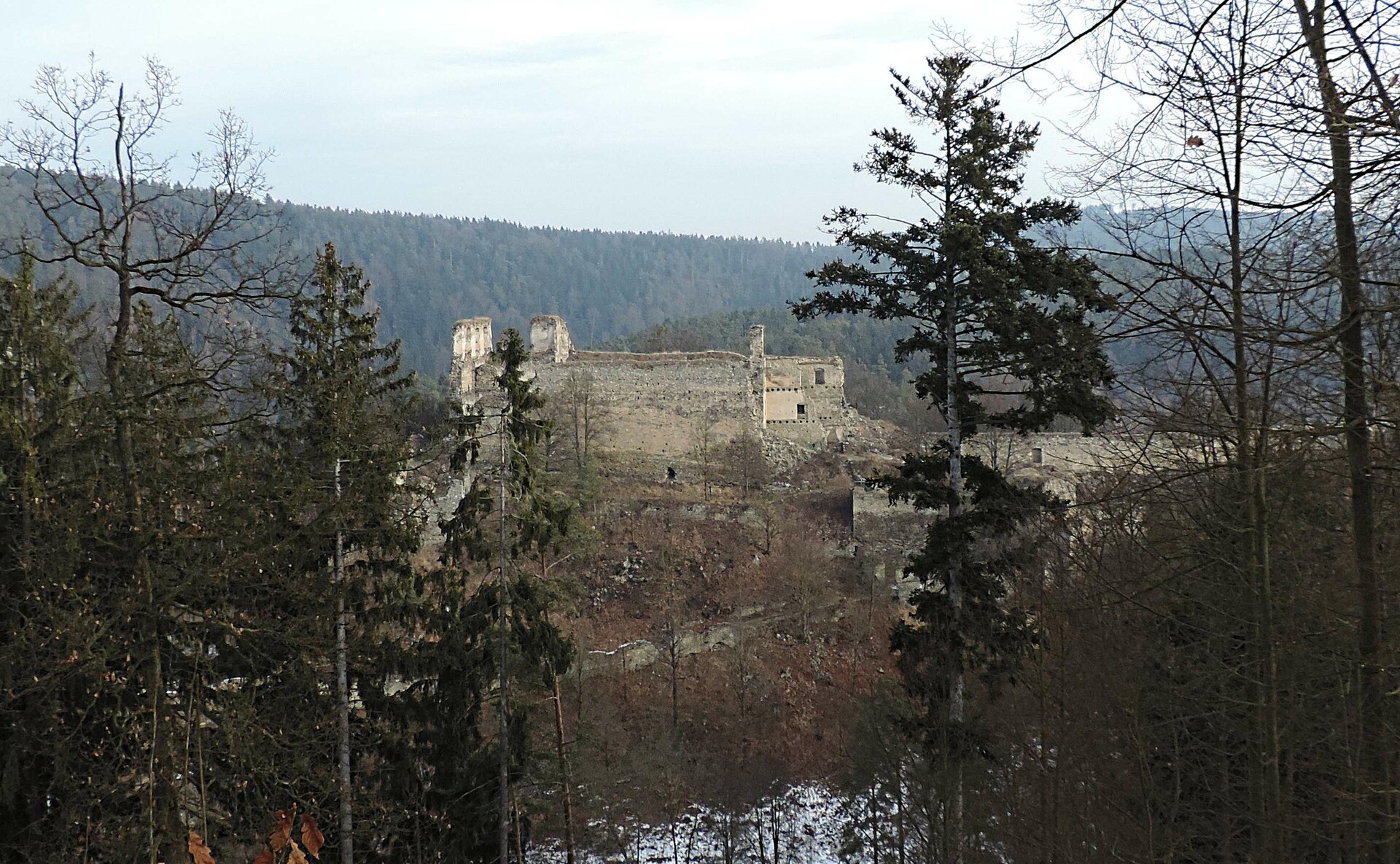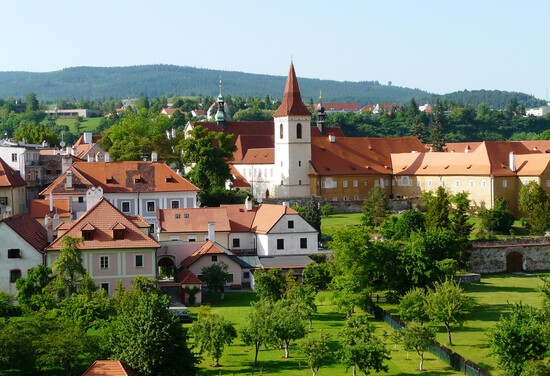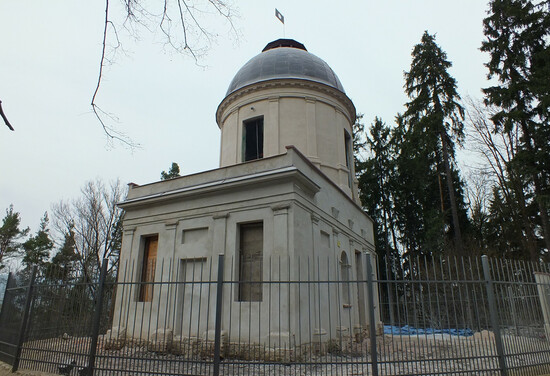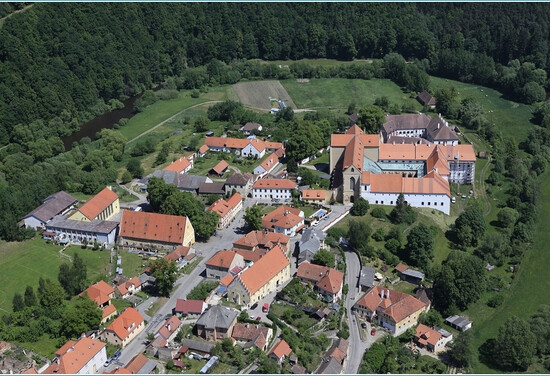- Physical difficulty: Easy
- Length: up to 204 min
- Refreshments: Prima Restaurant Špičák - Český Krumlov, Pub U Kalkušů - Třísov, Restaurant Hamr - Dívčí Kámen
- Wheelchair accessibility: No
Dívčí Kámen Castle

The ruins of Dívčí Kámen Castle are located near Třísov village 9 km to the north-east of Český Krumlov. Today the Dívčí Kámen Castle with its 210 metres of length and 45 metres of width is one of the biggest castle ruins in Bohemia. The Dívčí Kámen Castle is one of the castles in Bohemia of which the foundation charter was preserved. Four sons of Petr I. of Rosenberg, Petr, Jošt, Oldřich and Jan, decided to build this castle in 1349.
The Dívčí Kámen Castle is one of the castles in Bohemia of which the foundation charter was preserved. Four sons of Petr I. of Rosenberg, Petr, Jošt, Oldřich and Jan, decided to build this castle in 1349The castle was bulit a short time after this date. The castle had from the beginning its military and administration functions. It was the centre of the indenpendent estates owned by the Rosenberg family.At the time of contention between the Czech aristocracy and king Václav IV., in 1394 the castle became for a short time a place for the captured king during his enforced journey to Austria. When Ulrich II. of Rosenberg passed his control over the Rosenbergs estates on his son Jan in 1457, he decided to leave for the Dívčí Kámen Castle. In 1461 he came back to the family residence in Český Krumlov. At the beginning of the 16th century the castle´s function as a fort slowly diminished but for all that it was reconstructed in 1506. The exlenses on its care and maintenance were too high and that was why Petr IV. of Rosenberg decided not to keep the castle any longer. The last burgrave was discharged, the left furniture was moved in the chests in Český Krumlov Castle and castle itself was abandoned. Petr V. of Rosenberg wrote in the provincial register that "Meidštejn - the ruined castle" is the part of his Český Krumlov estates. Many stones from the castle were taken away by the local farmers to bulid their houses. The impressive ruins of the castle dominating the landscape were preserved until today.


